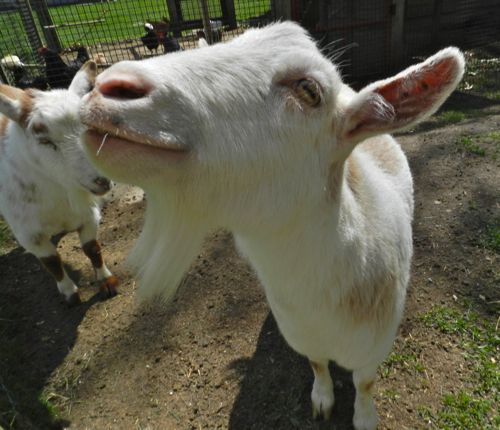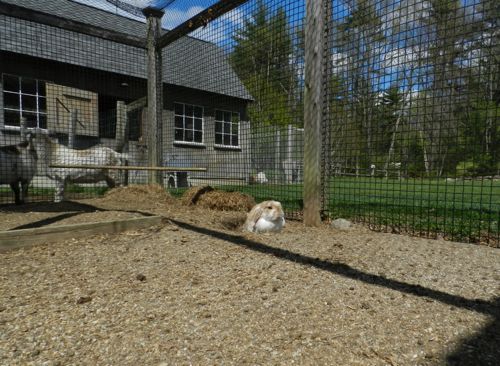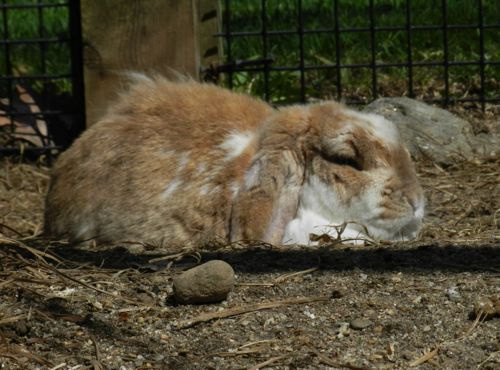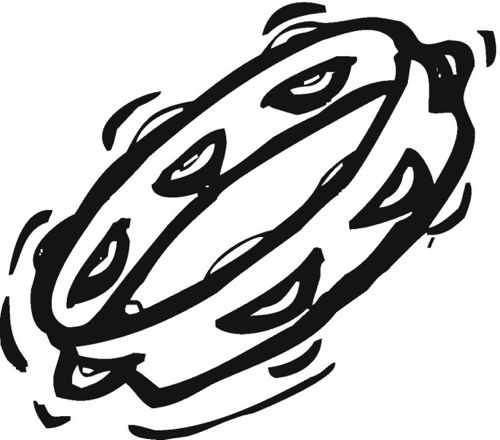Chickens are innately comical and some of the best children’s book authors and illustrators have tapped into that to create wonderfully fun books. Here are my favorites. Please contact me if you have a suggestion to add to this list! Of course, I have to start this list with my very own book.
Tillie Lays an Egg
by Terry Golson, photos by Ben Fink
2009
Farm
by Elisha Cooper
2010
What I love about this book is that it is set on a real Midwest farm, with tractors, dust and chores. It resembles, in the best of ways, the Provensen’s books about Maple Hill Farm in Vermont. Most books about farm animals are anthropomorphized to the point where the animals are unrecognizable as animals, and the farms have little in common with real farms. This book is charming, and yet doesn’t idealize the farmer’s life. I’d like to see Farm in every kindergarten library!
Chickerella
by Mary Jane and Herm Auch
2005
Really, any of the books by this team could be on this list. The Auchs do crazy, silly, over-the-top punny chicken fun. Some books are illustrated, some are a combination of photographed dressed up models and art. Most have chicken themes. Totally unrealistic but sure to produce giggles.
The Red Hen
by Rebecca Emberly and Ed Emberly
2010
I’m a sucker for most versions of The Little Red Hen, and this one, by the talented Ed Emberly and his daughter is a riot of color and fun.
The Chicken of the Family
by Mary Amato, illustrated by Delphine Durand
2008
When Henrietta’s sisters tease her and tell her that she is a chicken, she believes them and goes up the street to join the flock in Farmer Barney’s coop. It turns out that hens are much nicer than older sisters! Amato uses just the right amount of words to describe both sibling relationships and the affinity of kids for chickens. The illustrations are charming (though I wish that Durand didn’t give chickens smiling, toothy mouths under their beaks!)
Chicken Cheeks
by Michael Ian Black
illustrated by Kevin Hawkes
2009
All kids like to talk about animal bottoms, and this book has a gazillion names for them, from “cheeks” to “tush” to “heinie.” The cover has an especially nice view of the backside of a chicken. Just for that, the book gets a shout-out mention here.
Chicky Chicky Chook Chook
by Cathy MacLennan
2007
This is the sort of book that you want to read again and again to the very young who are beginning to enjoy sounds and language. “Splitter, splatter. Wet. Wet. Wetter.” There are darling yellow chicks and hens with striped and polka-dotted combs. They’re not anatomically correct – but they’ve got that silly chicken look.
Minerva Louise
by Janet Morgan Stoeke
1988
Minerva Louise reminds me of my late beloved hen Snowball — she’s inquisitive, cheerfully innocent and totally silly. Janet Morgan Stoeke has written 11 delightful picture books about this hen. Perfect for children, but also welcome in any household that loves chickens. Start with this first one and work your way through the oeuvre (pun intended!)
Daisy Comes Home
by Jan Brett
2002
Jan Brett is an author/illustrator of beautiful children’s books. She also raises Polish and is involved in a Bantam Club. Daisy Comes Home is about a chicken in China who gets lost and eventually finds her way back home.
The Problem With Chickens
by Bruce McMillan
illustrated by Gunnella
2005
This is a very funny and silly book about chickens in a village in Iceland. There are charming illustrations of large women in aprons having tea with chickens and exercising with chickens, and, you’ll have to read the story to believe it, shimmying on ropes down a cliff to collect chicken eggs. Delightful.
How the Ladies Stopped the Wind
by Bruce McMillan
illustrated by Gunella
2007
This is the second book by McMillan and Gunella about the ladies of Iceland and their chickens. The chickens are crucial to the plot as “It was the chickens’ job to make fertilizer for the trees. They did their job very well.” Obviously, the author knows chickens!
Why Did the Chicken Cross the Road?
(Many illustrator-authors)
Dial Books for Young Readers
2006
Fourteen talented children’s book illustrators come up with answers to this age-old question. Very funny.
The Painter Who Loved Chickens
by Olivier Dunrea
This book is about, well, exactly what the title says. It is absolutely charming. The picture of the Silkie is worth the price of the book.
Chickens to the Rescue
by John Himmelman
2006
Exuberant and madcap fun.
Also worth finding are:
Big Chickens, Big Chickens Fly the Coop
and Big Chickens Go to Town
by Leslie Helakoski, illustrated by Henry Cole
Hattie and the Fox by Mem Fox
Rosie’s Walk by Pat Hutchins
My Life as a Chicken by Ellen Kelley
Chicken Boy, by Frances O’Roark Dowell, is a middle school novel about a seventh grader in a dysfunctional home. Chickens play a large part in teaching him about life and helping him cope. It’s well-written, touching, difficult yet hopeful.






